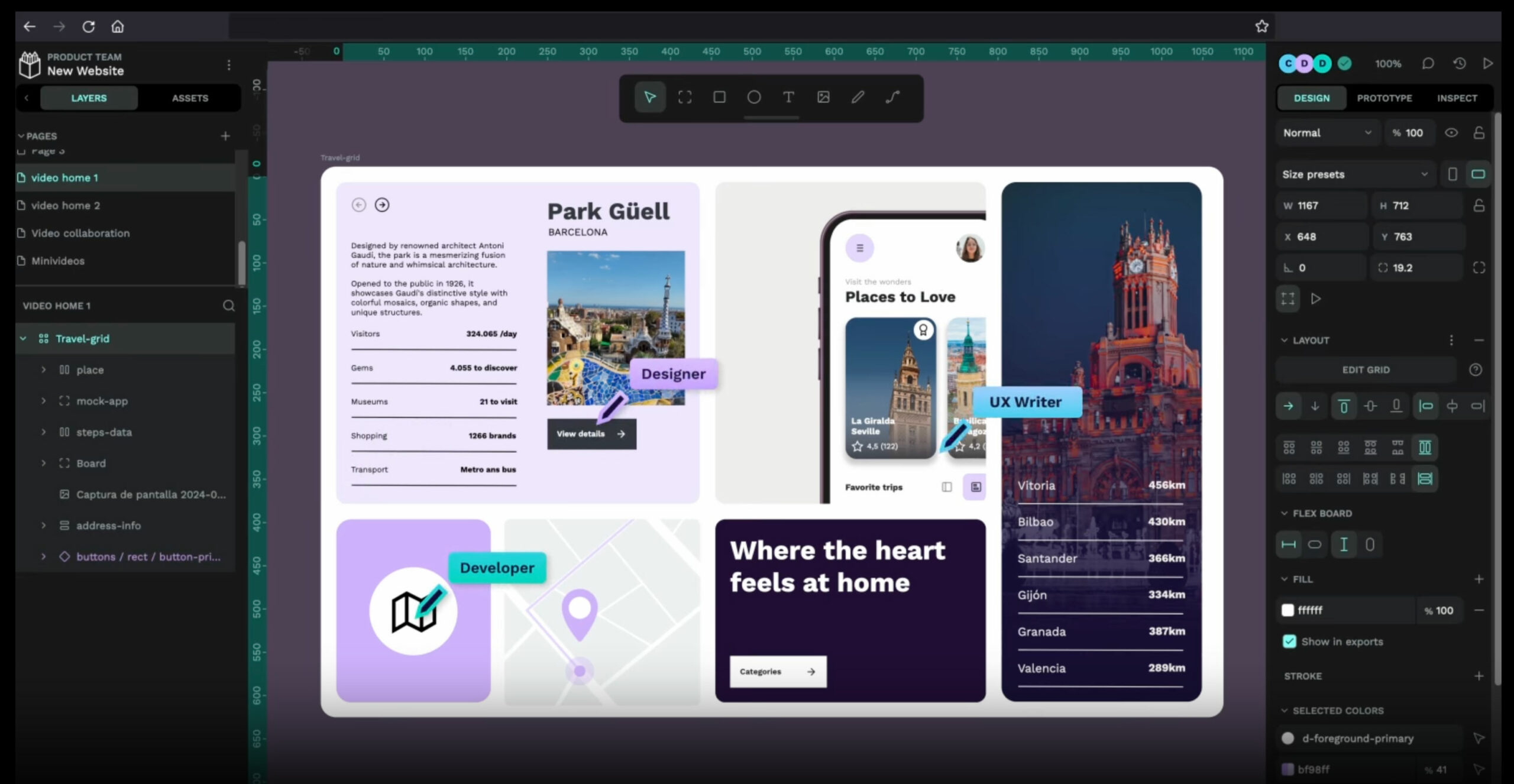In the vast ecosystem of design tools, Penpot stands out as an innovative solution that has captured the attention of designers and creative teams worldwide. Launched as an open-source platform, Penpot not only offers an alternative to traditional design tools but also promotes collaboration and accessibility in the realm of digital design.
What is Penpot?
Penpot is a web-based collaborative design tool created by Kaleidos, a Spanish tech company. Its primary differentiator is its open-source nature, meaning anyone can contribute to its development and customize the tool to meet their specific needs. This opens up a range of possibilities for organizations looking for an adaptable solution without the costs associated with proprietary software licenses.
Key Features
- Intuitive and Powerful Interface: Penpot offers a modern and user-friendly interface that allows designers to create prototypes, wireframes, and high-fidelity designs. Its vector design tools are comparable to those of any leading design platform on the market.
- Real-Time Collaboration: One of Penpot’s pillars is collaboration. Teams can work together in real time, making it easy to review and improve designs dynamically. This is especially useful for geographically distributed teams that need a tool to keep them in sync.
- Accessibility and Adaptability: As an open-source tool, Penpot can be adapted and extended according to users’ needs. This is a significant benefit for organizations that require specific functionalities or integration with other systems.
- Integration with Development Tools: Penpot is designed to integrate seamlessly with development and workflow tools, facilitating the transition from design to code. This helps reduce friction between design and development teams, improving overall project efficiency.
Benefits of Using Penpot
- Cost-Effective: As an open-source platform, Penpot eliminates licensing costs, which can represent significant savings for businesses and small teams.
- Flexibility: Users can modify and extend Penpot’s functionality according to their specific needs, something that is not possible with proprietary tools.
- Active Community: Penpot’s open-source community is continuously growing, providing support, plugins, and ongoing improvements to the software.
- Privacy and Security: Organizations can host Penpot on their own servers, ensuring that sensitive data and designs remain within their own systems.
Use Cases
Penpot is ideal for a variety of use cases, including:
- User Interface (UI) Design: Creating user interfaces for web and mobile applications.
- Prototyping: Developing interactive prototypes to validate design ideas before implementation.
- Collaborative Design: Design teams needing to collaborate in real time, sharing and reviewing designs seamlessly.
Conclusion
Penpot is revolutionizing the design tool landscape with its open-source approach and commitment to collaboration and accessibility. For organizations looking for a flexible, cost-effective, and powerful alternative to traditional design tools, Penpot presents an unbeatable option. Its ability to adapt to users’ specific needs and integrate with development workflows makes Penpot an essential tool for modern design.
For more information, visit Penpot.app.
